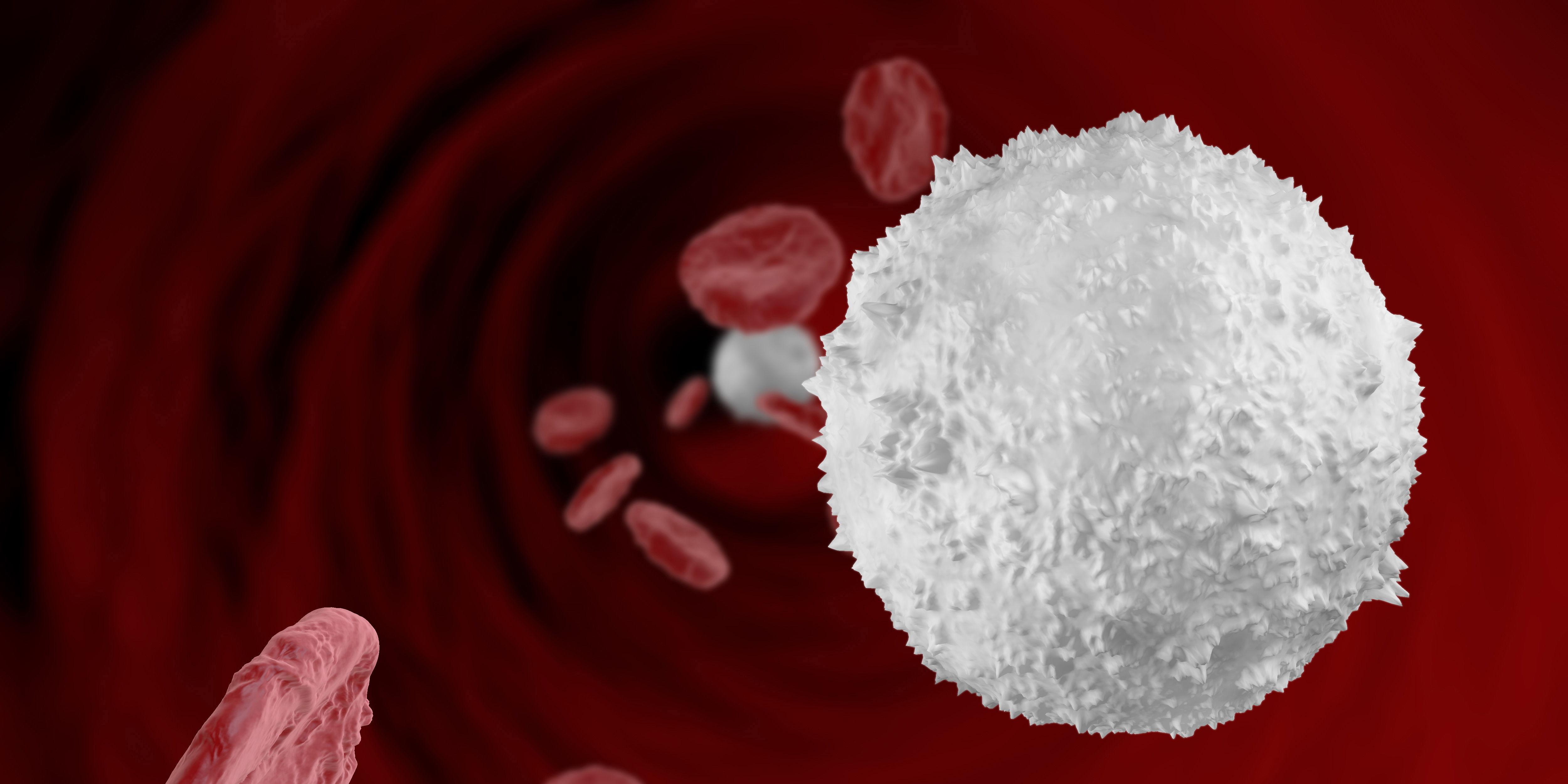Object:
To determine the number of white blood cells (W.B.Cs) per cubic mm in the human blood.
Requirements:
Haemocytometer, glacial acetic acid, solution of gentian violet in water, distilled water.
ADVERTISEMENTS:
The glacial acetic acid haemolyses the red cells, while the gentian violet slightly stains the nuclei of white blood corpuscles (W.B.Cs), the W.B.Cs may, therefore, be easily recognized.
Procedure:
The procedure of counting of W.B.Cs is the same as that of the R.B.Cs. The W.B.Cs are counted in the four corners of 1 square millimetre in the central ruled area on both the sides of the counting chambers of the haemocytometer.
The W.B.Cs are recognized by the retractile appearance and by the slight colour given to them by the stain contained in the diluting fluid. The cells touching the boundary lines are not counted.
Calculations:
The calculations may be done by the following method.
ADVERTISEMENTS:
Number of W.B.Cs per cubic mm = Number of cells counted x Dilution x 10 / Number of 1 sq mm counted
Since the dilution is 20 times and the cubic capacity of the area counted is 1/10 cubic millimetre, the total volume is 1/200 cubic millimetre.
Say for instance, the number of W.B.Cs in 4 outer squares is (10+12+13 +10)=45.. In other words number of W.B.Cs in 1/200 cubic millimetre=45.
Therefore, the number of W.B.Cs in 1 cubic millimetre=45 x 200 x 1 /2=4500 W.B.Cs Normal healthy man has 4000 to 6000 W.B.Cs per cubic millimetre of blood.
